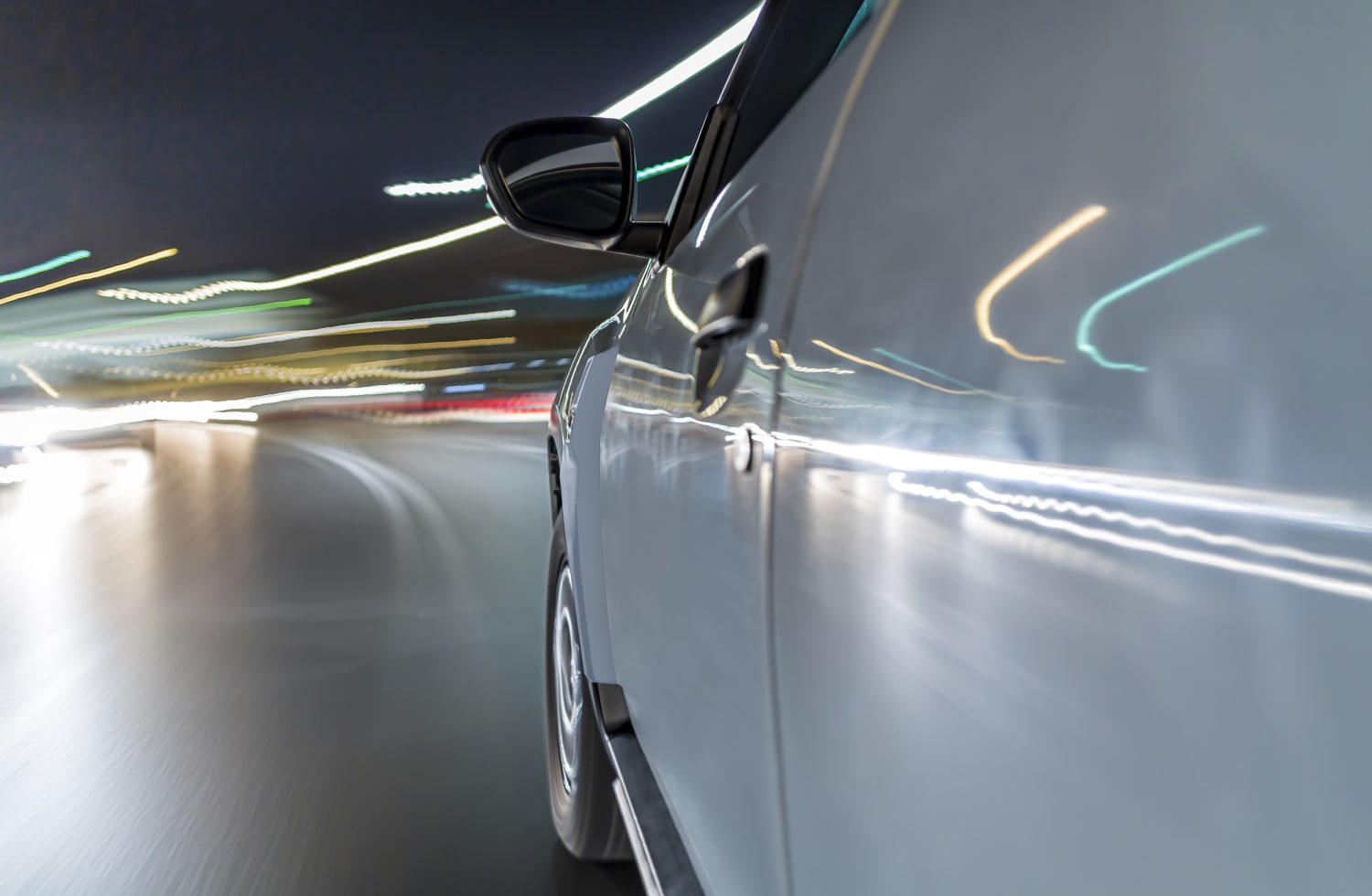With the war in Ukraine compounding already soaring fuel prices, motorists are struggling to find ways to increase their mileage and reduce costs.
Your car may already have features that could help you stretch out each gallon of fuel, while there are other steps you can take to save gas and money, starting with something as simple as making sure your tires are properly inflated.
All told, even the most fuel-thirsty SUVs can yield double-digit increases in their fuel economy, according to experts from AAA, formerly the American Automobile Association, and Consumer Reports. At the current price for self-serve regular gas, which hit a record $4.173 Tuesday, that could add up in savings of as much as a dollar a gallon.
Today’s vehicles are more fuel-efficient than ever, with some midsize sedans and compact SUVs managing more than 30 miles a gallon. Automakers have taken a number of steps to get there, like switching from V6 and V8 engines to smaller, turbocharged powertrains. And a growing number of models are being offered with even more efficient hybrid powertrains.
But you may not be taking advantage of all your vehicle’s features to get the best mileage possible.
Today’s cars, trucks and crossovers are required by law to come with tire pressure monitoring systems. Some simply flash an alert if a tire loses pressure. Better versions continuously read out the pressure from each tire. You’ll find the optimum pressure on a sticker inside the driver’s door jamb. Maintaining the right pressure can prevent flats and blowouts — but also helps maximize mileage.
“The easiest way to impact fuel economy is to keep your tires at the proper pressure,” explained David Bennett, the manager of repair systems for AAA. “Having underinflated tires can decrease your gas mileage by 5 to 10 percent,” since a soft tire creates more “rolling resistance,” or friction.
Many recent vehicles are equipped with idle stop/start technology designed to briefly shut off the engine rather than continue burning fuel when stopped at a light or waiting in a drive-thru bank or a fast-food line. Lift your foot off the brake and the engine immediately restarts. Yet, many motorists turn that feature off, according to industry research, even though it can reduce fuel consumption as much as 5 percent.
Driving mode selectors have also become increasingly common and simply require you to press a button or turn a knob. Where “sport” mode gives your vehicle performance a little boost, “eco” mode tames the throttle and shifts the transmission to more efficient gears. That’s all the more helpful with the latest vehicles equipped with 8-, 9-, even 10-speed transmissions.
Chances are your vehicle also features an instant fuel economy gauge, which can encourage drivers to ease up on the throttle and brake more smoothly.
Meanwhile, your cruise control also helps smooth things out, especially on the highway. Kia advises buyers that “Cruise control can help you become more fuel-efficient and can help you save an average of 7-14% on gas.” The latest radar-guided “active” cruise control systems operate in traffic, helping maintain a safe distance from other vehicles while also reducing fuel consumption.
Smoother stops and starts, in general, can yield big savings in fuel consumption, AAA’s Bennett said.
These days, the majority of new vehicles run on regular fuel, rated around 87 octane. But there are still plenty that are fed premium, rated 91 to 94 octane. But it may not be necessary.
“Reading your owner’s manual will tell you whether premium fuel is recommended or required,” Bennett said. “If it’s not required, you can use a lower grade” and experience only a slight degradation in performance — while typically saving at least 50 cents a gallon compared to regular.
Be aware that if premium is required, switching to regular or mid-grade could cause engine knock that is not only unpleasant to listen to, but could also damage the engine.
Another simple step toward better mileage means checking your back seat and trunk. People often forget how much junk they carry around, but the more mass the harder the engine has to work to get your vehicle rolling, explained Gabriel Shenhar, associate director of automotive testing for Consumer Reports.
And while you’re at it, he said, make sure you’ve removed a roof rack or bicycle rack if you’re not using them. “A lot of people keep their cargo and roof racks on the car permanently,” he said. “In some cases, a bike rack can make as much as a 7 mpg difference at highway speeds. Remove all these unnecessary attachments when you’re not using them.”
While some of these tricks might not add up to much, Shenhar said, “all these things combined can give you substantial fuel savings” without having to trade in for a new vehicle.
Source: | This article originally belongs to Nbcnews.com










